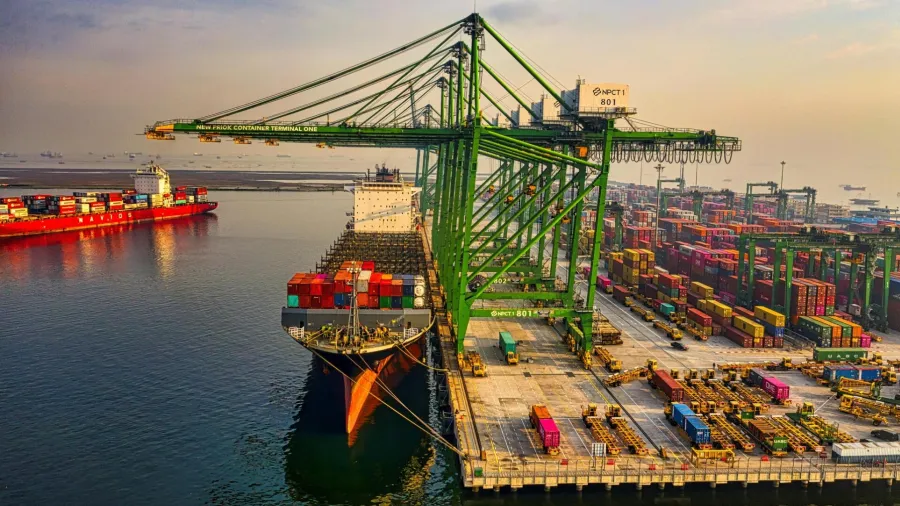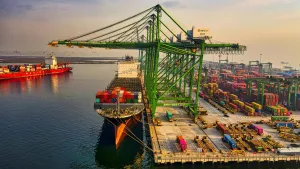
COSCO Shipping Ports’ earnings inch up 0.8% in Q3
Its revenue increased 7.4% during the quarter.
COSCO Shipping Ports Limited has reported a 0.8% increase in its profit attributable to equity holders, to reach $82.502m in the third quarter (Q3) of 2025.
In a statement, the company said that its revenue increased by 7.4% to $428.670m. Its total throughput increased by 4.2% to 38.981 million TEU, whilst equity throughput increased by 1.6% to 11.922 million TEU.
For the first nine months of the year, COSCO Shipping Ports’ profit attributable to equity holders of the Company increased 19.6% to $264.298m.
Specifically in China, the total throughput of the terminals increased by 3.1% to 29.502 million TEU in Q3 and accounted for 75.7% of the group’s total throughput. Meanwhile, the total equity throughput of terminals increased by 1.3% to 8.422 million TEU, accounting for 70.6% of the group’s total equity throughput.
“Looking ahead, the World Trade Organization (WTO) newly updated ‘Global Trade Outlook and Statistics’ report, it raised the 2025 merchandise trade growth forecast to 2.4%, up from the 0.9% forecast in August,” COSCO Shipping Ports said.
“However, the 2026 projection has been lowered to 0.5%, posing severe challenges to the overall market,” it added.
Given the external uncertainties, the company will focus on core responsibilities and optimise global network layout, seize opportunities arising from the upgrading and restructuring of global industrial chains, regional economic integration, the rise of emerging markets, and advance the layout of global resources through multiple measures.
The company said it also aims to enhance lean operations for revenue growth and cost reduction, explore incremental opportunities arising from the route adjustments of the new shipping alliances, empower terminal operational efficiency through digital means and consolidate competitive advantages through service enhancements.
It will also promote green and smart ports, cultivating new quality productive forces, continuously improve the operational efficiency and scale of automated equipment, promote the development of photovoltaic, wind power, and other green energy projects tailored to local conditions, and build new momentum for sustainable development.












